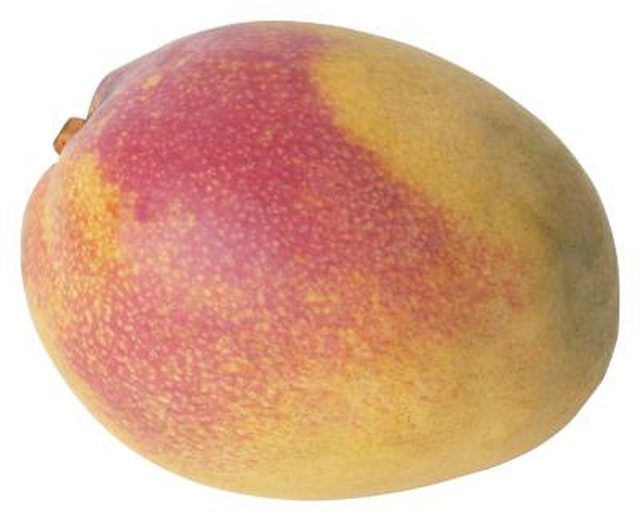Bulbs
Flower Basics
Flower Beds & Specialty Gardens
Flower Garden
Garden Furniture
Garden Gnomes
Garden Seeds
Garden Sheds
Garden Statues
Garden Tools & Supplies
Gardening Basics
Green & Organic
Groundcovers & Vines
Growing Annuals
Growing Basil
Growing Beans
Growing Berries
Growing Blueberries
Growing Cactus
Growing Corn
Growing Cotton
Growing Edibles
Growing Flowers
Growing Garlic
Growing Grapes
Growing Grass
Growing Herbs
Growing Jasmine
Growing Mint
Growing Mushrooms
Orchids
Growing Peanuts
Growing Perennials
Growing Plants
Growing Rosemary
Growing Roses
Growing Strawberries
Growing Sunflowers
Growing Thyme
Growing Tomatoes
Growing Tulips
Growing Vegetables
Herb Basics
Herb Garden
Indoor Growing
Landscaping Basics
Landscaping Patios
Landscaping Plants
Landscaping Shrubs
Landscaping Trees
Landscaping Walks & Pathways
Lawn Basics
Lawn Maintenance
Lawn Mowers
Lawn Ornaments
Lawn Planting
Lawn Tools
Outdoor Growing
Overall Landscape Planning
Pests, Weeds & Problems
Plant Basics
Rock Garden
Rose Garden
Shrubs
Soil
Specialty Gardens
Trees
Vegetable Garden
Yard Maintenance
How to Grow the Alphonso Mango From Seed
How to Grow the Alphonso Mango From Seed. The Alphonso mango is an India native known for its high quality and long storage life. Similar to other mangos, the Alphonso mango is a large evergreen that keeps its rich-green foliage throughout the year. It flowers pinkish-white blooms throughout the dormancy period and into early spring. The Alphonso...

The Alphonso mango is an India native known for its high quality and long storage life. Similar to other mangos, the Alphonso mango is a large evergreen that keeps its rich-green foliage throughout the year. It flowers pinkish-white blooms throughout the dormancy period and into early spring. The Alphonso mango bears its orange-red fruit toward the middle of the growing season and is easily grown from the seeds found in its fruit.
Things You'll Need
Fungicidal treatment for fruit seeds
Fertilizer
Potting container
Rich, loamy soil
Pruning shears
Prepare a small to medium-sized container for your seedlings. Fill the clean container with nutrient rich, loamy soil that provides good drainage and water retention. Set the container aside.
Use fresh seeds for the best growth response. Remove the seed from a fully ripe mango. Clean the leftover flesh completely from the seed and rinse it thoroughly. Pry the husk open gently with a sharp knife. Handle the seed carefully to prevent cutting yourself during the process.
Slide the kernel carefully out of the opened husk. Rinse the mango’s kernels carefully and treat the seeds with a fungicidal treatment. Use a fungicidal treatment designed for fruit seeds. Follow the package’s instructions carefully for best results.
Place the treated seeds in the center of the prepared container. Set the seeds in the container with their concave sides down. Be sure that the top fourth of the seeds remains protruding from the soil. Place the potted seeds in a warm, sunny location that receives at least eight hours of full sunlight each day.
Allow the seeds up to three weeks to show signs of sprouting and active growth. Water when the top layer of soil begins to feel dry. Water the developing tree slowly to prevent disturbing the seeds and newly formed roots. Use tepid water to prevent shocking the young tree's system. Keep the soil slightly moist but never saturated or dry.
Keep the mango sprouts in the container for at least six weeks before planting the sprouts in the ground. Remove the growing mango from its container and cut back the tap root to approximately one foot in length. Use sharp, sterile shears to make the cuts.
Plant the mango sapling in a well-drained, nutrient-rich location that receives full sunlight and good ventilation. Plant the mango at least 35 feet away from other trees to allow plenty of room for growth, which will also increase fruiting. Position the mango tree in a hole that is only as deep as its roots. Backfill the hole with soil and ensure that all the roots are completely covered with soil.
Allow the newly planted mango sapling about two weeks to get established before its first feeding. Fertilize the mango with a slow-release fertilizer, such as a 5-8-10 or 10-10-10 combination, approximately every three months throughout the growing season. Apply the fertilizer according to the instructions and keep the fertilizer at least a foot away from the base of the tree to prevent root burn.